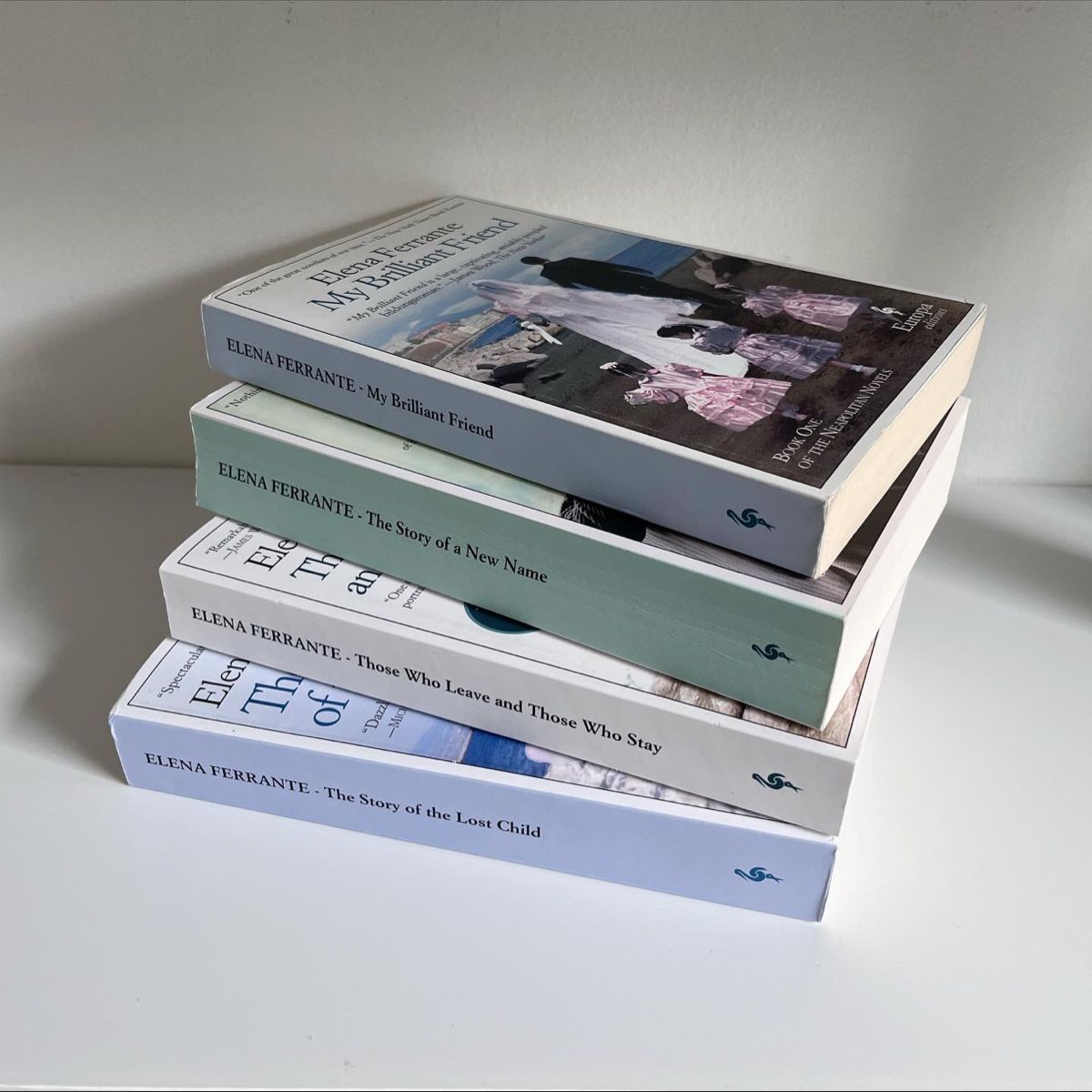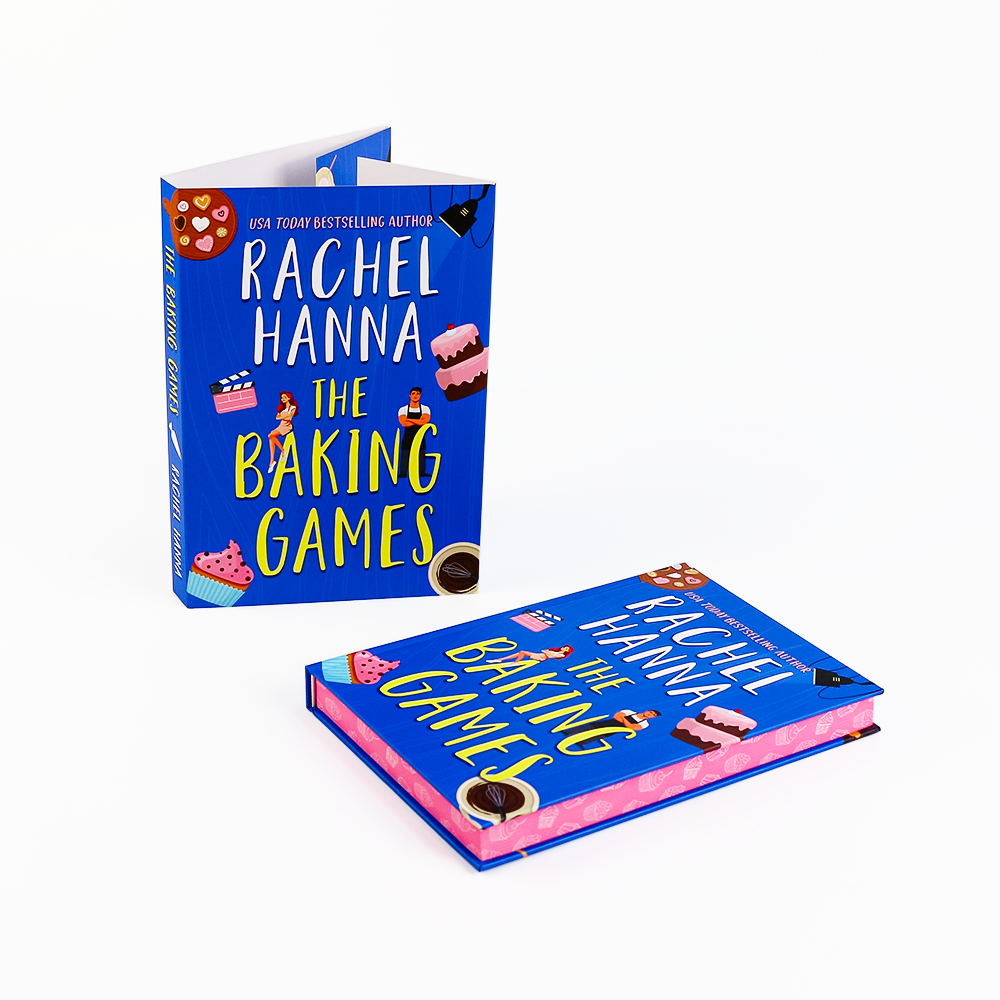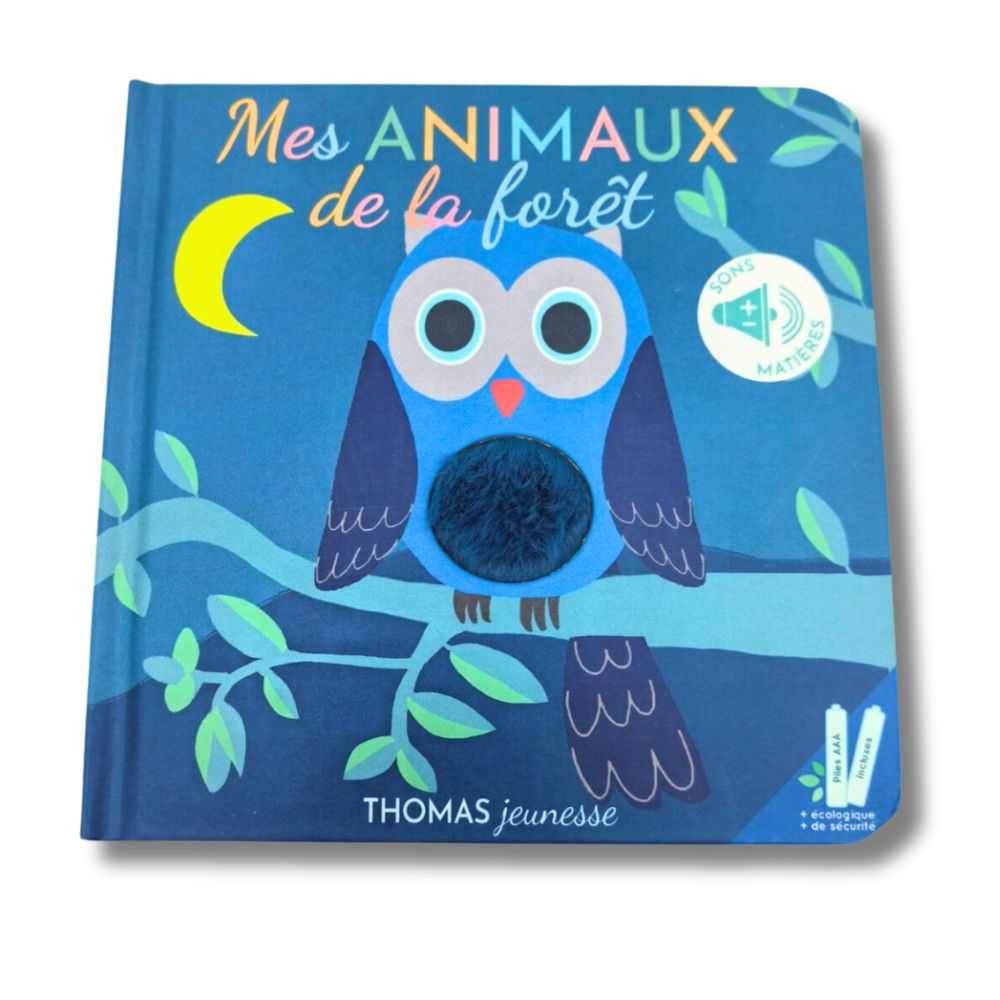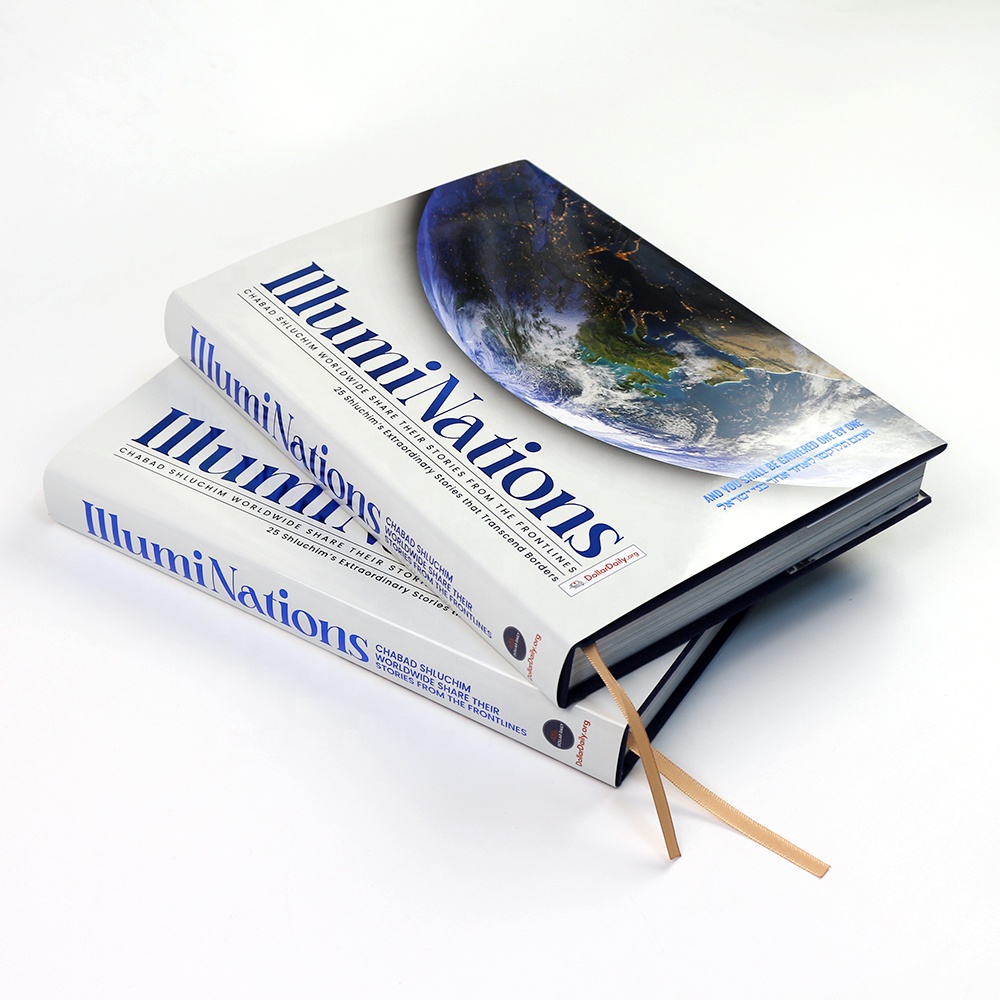Top 5 Economical Book Binding Methods for Print Success
Choosing the right book binding method is essential for any printed publication’s durability, functionality, and professional appearance. Whether you’re a magazine editor, an independent author, or a business printer, understanding binding options will help ensure that your finished work stands out and meets quality standards. Here, we’ll explore five cost-effective binding methods that balance quality with affordability, perfect for small-scale projects, large print runs, or unique publications.
Tabl Cynnwys
Cost-Effective and Durable Book Binding Solutions
With a variety of binding options available, several choices stand out as affordable without compromising quality. Below are five key binding methods that provide excellent results and can enhance the value of your books, catalogs, and magazines.
1. Saddle Stitch Binding
Saddle stitching is a highly economical and versatile book binding technique ideal for magazines, booklets, and short catalogs. Pages are folded and then stapled along the spine, allowing the publication to lay flat when open. This simplicity in design makes saddle stitch binding a go-to for publications with fewer pages, typically between 8 and 80.
Benefits
- Quick turnaround and cost-effective for short print runs.
- Lays flat for ease of reading, making it practical for catalogs and event programs.
Drawbacks
- Limited to publications with a lower page count.
- Not as durable as other methods for long-term use.
2. Perfect Binding
Perfect binding is a popular choice for thicker publications, such as novels, annual reports, and larger catalogs. This technique involves gluing the pages and cover along the spine, creating a professional, paperback-like appearance. Perfect binding is affordable, even for medium to high circulation, while providing a solid, durable finish.
Benefits
- Economical for high-volume print runs, ideal for publishing fiction or trade paperbacks.
- Professional appearance with a crisp spine for easy shelf display.
Drawbacks
- Doesn’t lay flat when open, which may impact usability for certain readers.
- Slightly less durable compared to hardcover binding for extensive handling.
3. Spiral Binding
Also known as coil binding, spiral binding is widely chosen for manuals, cookbooks, and other reference materials that require a full range of motion. This method uses a continuous coil threaded through pre-punched holes, allowing the pages to rotate 360 degrees. Spiral binding is durable, lightweight, and suitable for documents with various thicknesses, making it an affordable option for projects needing flexibility.
Benefits
- Allows the document to lay completely flat or even fold back on itself.
- Ideal for frequently used documents, such as reference guides and notebooks.
Drawbacks
- More informal appearance compared to other binding methods.
- Limited in handling thicker documents or larger volumes of text.
4. Comb Binding
Comb binding uses a flexible plastic comb with rings that fit through punched holes along the document’s edge. Pages can be easily added or removed, which is advantageous for frequently updated materials, such as training manuals and presentations. While affordable, comb binding offers a polished look suitable for professional documents.
Benefits
- Inexpensive, with easy page addition or removal.
- Lays flat when open, adding functionality for instructional materials.
Drawbacks
- Not as visually appealing as spiral or perfect binding.
- Less durable, particularly when handling documents with high page counts.
5. Wire-O Binding
For a sophisticated look and robust durability, Wire-O binding is a premier option commonly used for calendars, notebooks, and professional portfolios. This binding method involves double-loop wires threaded through punched holes, creating a polished, professional finish. Wire-O binding allows documents to lay completely flat and is especially suitable for mid-sized projects.
Benefits
- Offers a high-end, professional appearance suitable for formal documents.
- Durable and allows pages to lay flat or rotate 360 degrees, ideal for reference materials.
Drawbacks
- Higher cost compared to other binding options, due to specialized materials and equipment.
- Limited cover customization options, which may not meet all design preferences.
Additional Binding Methods to Consider
While the above methods cover economical and practical binding options, there are other specialized types worth considering depending on your budget and project requirements:
Rhwymo Clawr Caled
Hardcover binding is best for premium publications like coffee table books or keepsakes. Although more expensive, it provides unparalleled durability and prestige, enhancing the value of any publication.
Tape Binding
A quick, inexpensive option for binding loose pages, tape binding works best for internal or draft materials where durability and presentation are secondary to functionality.
How to Choose the Right Binding Method for Your Project
When selecting a binding method, consider these factors:
- Document Size and Page Count: Saddle stitch and comb binding are suitable for smaller documents, while perfect binding or Wire-O binding can accommodate thicker publications.
- Intended Use: For frequently used materials, such as manuals, durability is crucial—making spiral and Wire-O binding ideal choices.
- Presentation Requirements: Formal documents benefit from perfect or Wire-O binding due to their professional appearance, while less formal pieces may be better suited for spiral or comb binding.
- Budget Constraints: Saddle stitch and comb binding provide affordability, but for larger budgets, perfect or Wire-O binding offers enhanced durability and a more polished look.
BooksPrinting: Your Partner in Premium Book Binding Services
At BooksPrinting, we offer a comprehensive range of binding options to meet all your project needs, from simple saddle stitching to high-end Wire-O binding. With our expertise, you can select the most cost-effective yet professional binding solution for your books, catalogs, and magazines.
Our services cater to projects of all sizes, helping you present your materials in the best possible light. We combine speed, affordability, and a commitment to quality in every binding solution, ensuring your publication’s durability and appeal.
Casgliad
Choosing the correct book binding method ultimately depends on several factors, including the project’s purpose, budget, and desired aesthetics. Saddle stitching and spiral binding are cost-effective solutions, while perfect and Wire-O binding provide additional durability and presentation value. Whatever your needs, choosing the right binding will enhance both the usability and appearance of your printed work.
Ready to get started? Contact BooksPrinting today to learn more about our wide selection of binding solutions. Let us help you find the perfect option to elevate your printed publications.
Cwestiynau Cyffredin
Q1. Which binding method is most suitable for a professional appearance?
Perfect binding and Wire-O binding both offer professional, sleek finishes that are ideal for formal presentations, reports, and publications with high visibility.
Q2. Can pages be added or removed easily with comb binding?
Yes, comb binding is highly flexible, allowing pages to be easily added or removed, making it an excellent choice for documents that require frequent updates.
Q3. What is the most affordable binding method for short print runs?
Saddle stitch binding is one of the most affordable options, especially for smaller publications like booklets or short catalogs.
Argraffu Llyfr
Cynhyrchion Newydd
Blog Diwethaf
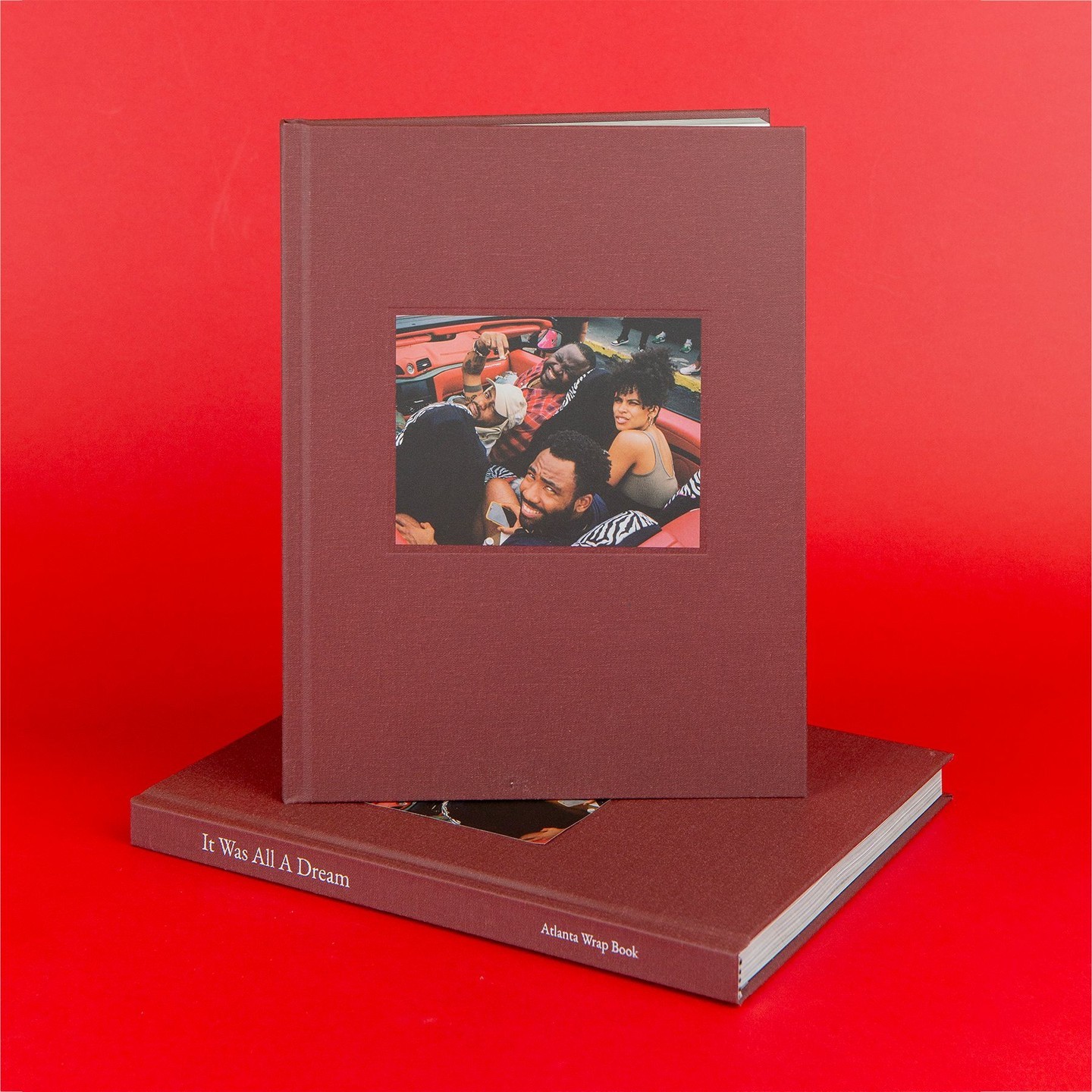
Faint mae'n ei gostio i wneud llyfr lluniau
Mae creu llyfr lluniau yn ffordd ddelfrydol o gadw atgofion, dathlu cerrig milltir bywyd, neu hyd yn oed gyflwyno anrheg unigryw i rywun arbennig. Fodd bynnag, mae llawer o bobl yn canfod eu hunain yn gofyn, *”Faint mae'n ei gostio i wneud llyfr lluniau?”* Gall cost creu llyfr lluniau o ansawdd uchel amrywio'n sylweddol yn dibynnu ar ffactorau amrywiol.
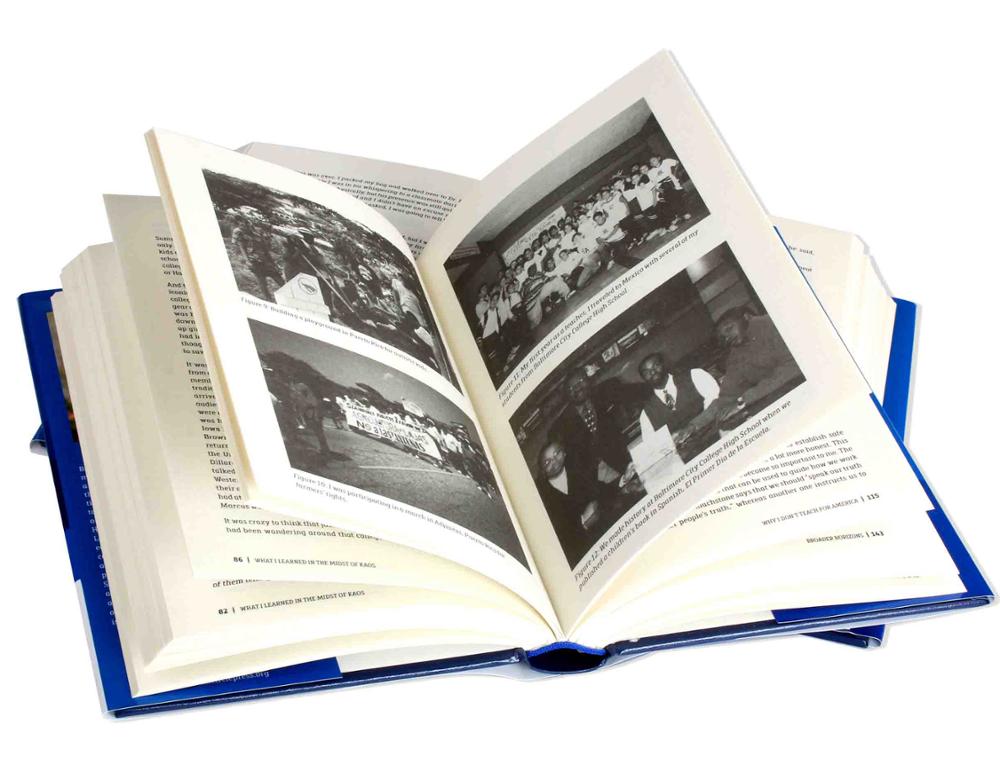
Beth Yw'r Pethau Da Am Lyfrau Printiedig?
Wrth greu llyfr plant, mae pob elfen o bwys - yn enwedig y dewis o bapur. Gall dewis y math cywir o bapur godi golwg llyfr,
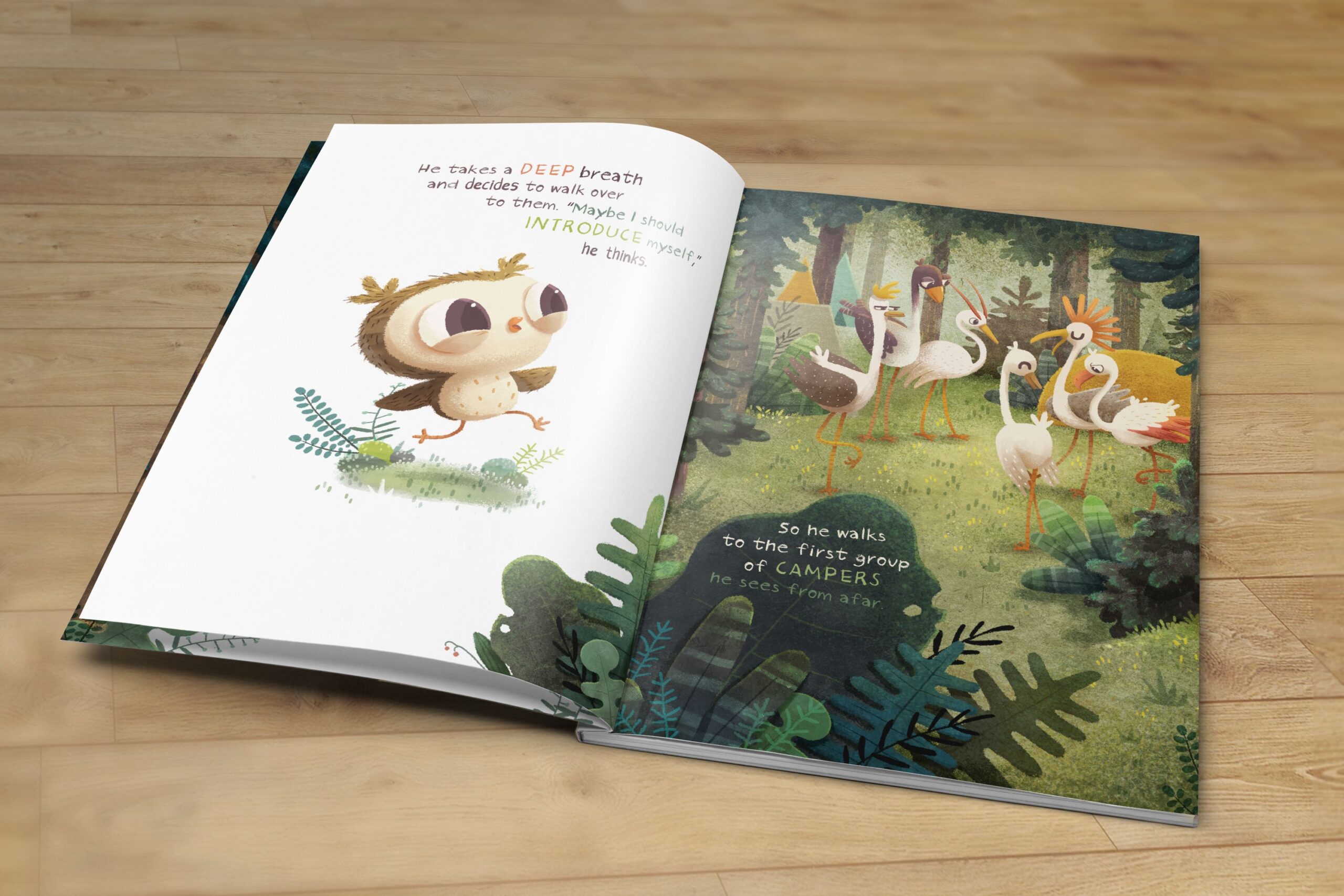
Beth yw'r Papur Gorau ar gyfer Llyfrau Llun?
O ran argraffu llyfrau lluniau, mae ansawdd y papur yn chwarae rhan ganolog yn y canlyniad terfynol. Mae'r dewis cywir o bapur yn gwella apêl weledol eich darluniau,
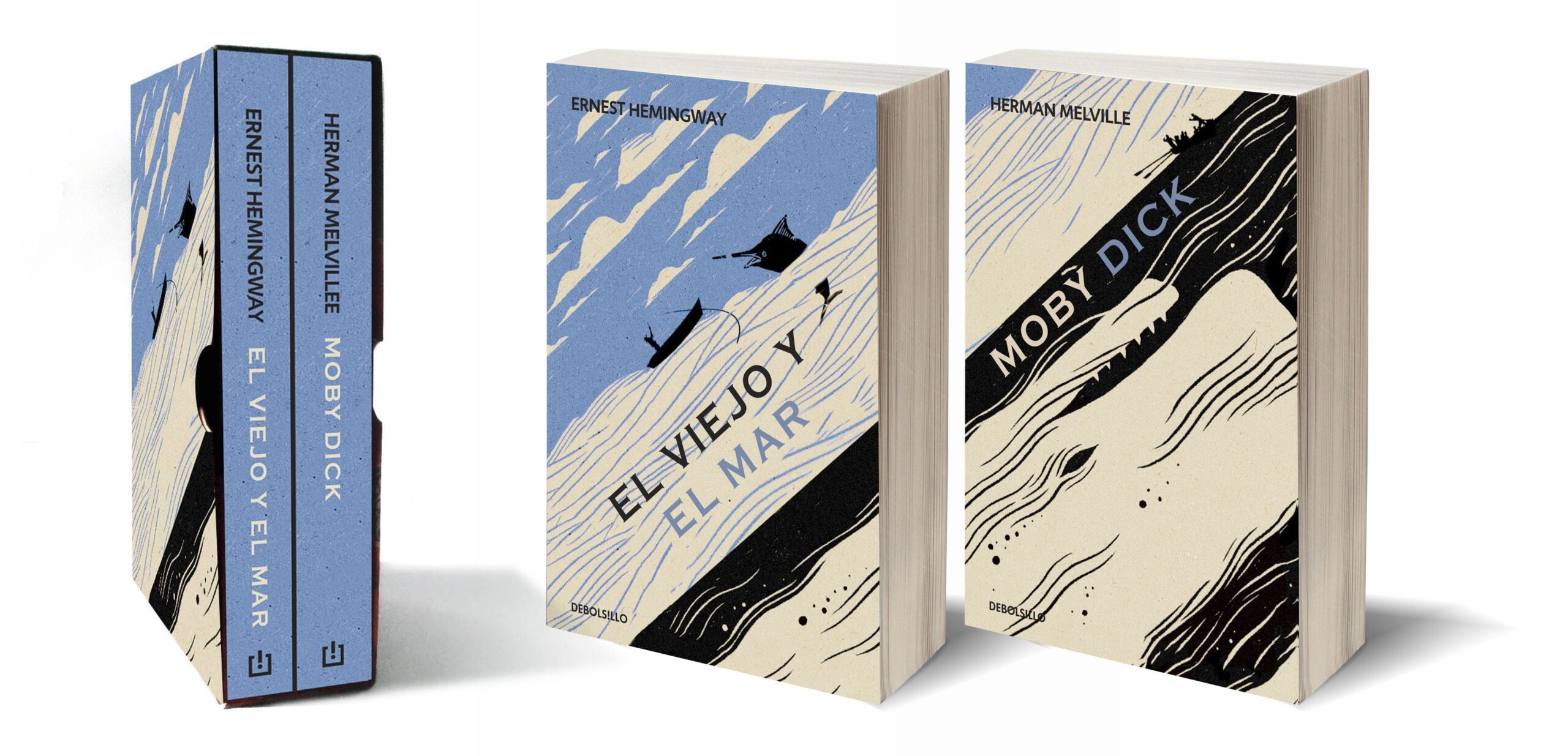
Pam Mae Pobl yn ffafrio Llyfrau Clawr Meddal
Ym myd cyhoeddi, mae clawr llyfr clawr caled yn llawer mwy na dim ond haen amddiffynnol - mae'n ddyfais adrodd straeon deinamig.
Cysylltwch â Ni
- +86 13946584521
- info@booksprinting.net
- 8:00 - 22:00 (Llun - Sul)
Sylwadau
Blog Cysylltiedig
Dewch o hyd i'r tueddiadau diweddaraf a gwybodaeth gyffredin mewn busnes argraffu llyfrau.
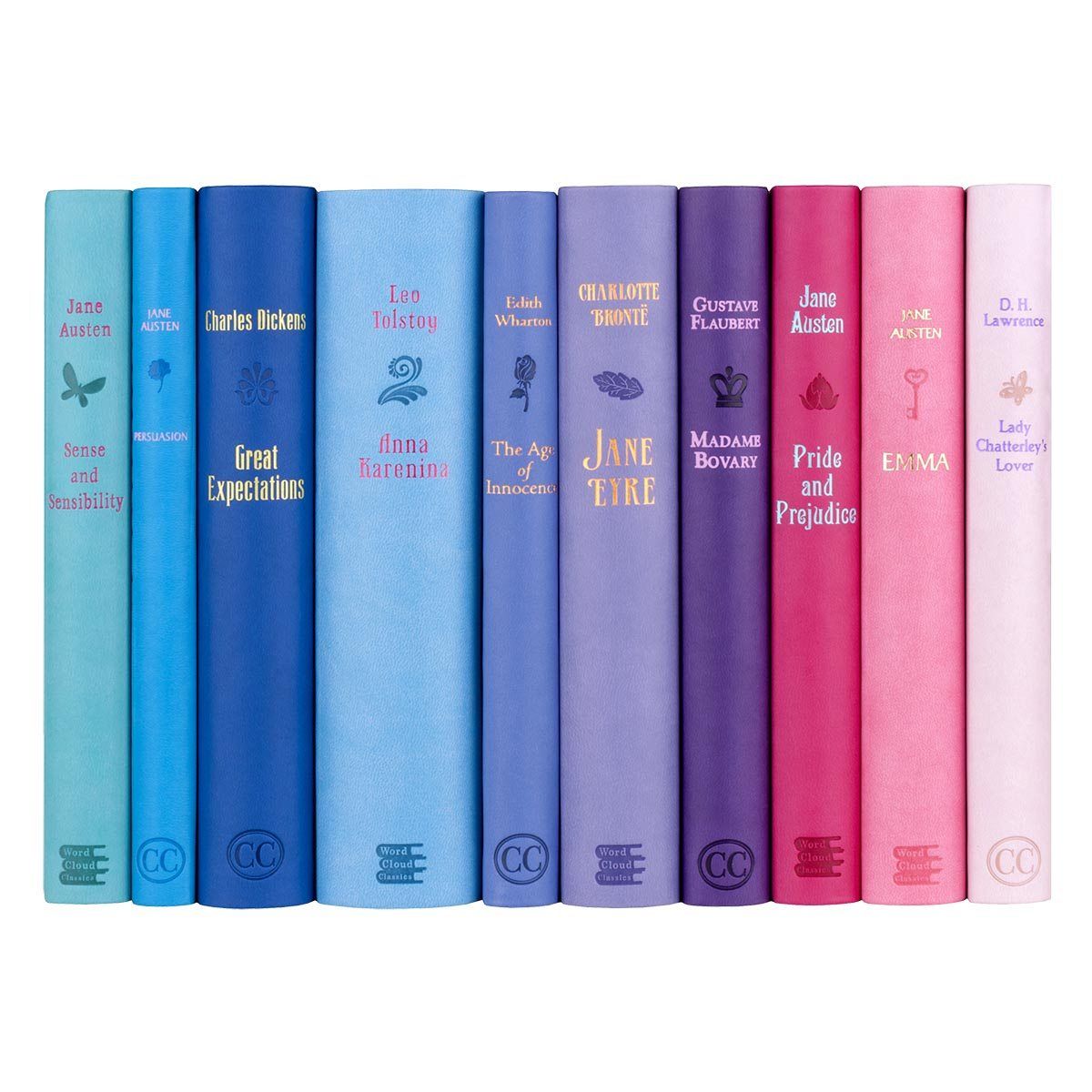
5 Manteision Mawr Gwasanaethau Argraffu Swmp I Fusnesau
Mewn amgylchedd busnes sy'n esblygu'n gyson, mae cyflawni effeithlonrwydd cost ac amser yn hanfodol er mwyn aros ar y blaen i'r gystadleuaeth
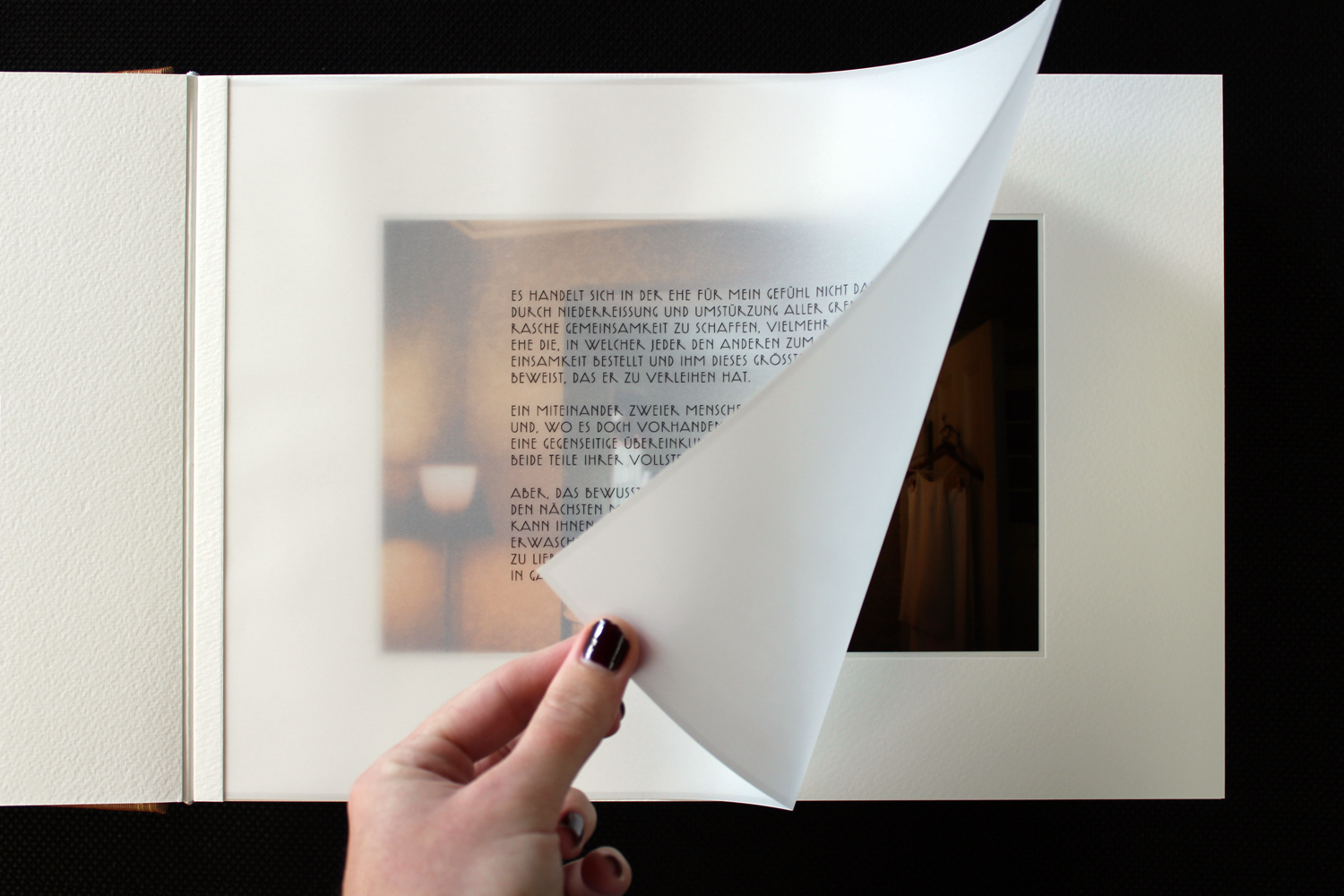
Cadw Atgofion ac Arddangos Gwaith gydag Argraffu Llyfr Ffotograffau o Ansawdd
Os ydych chi'n plymio i hunan-gyhoeddi, un o'ch prif bryderon fydd dod o hyd i opsiynau darbodus ar gyfer argraffu llyfrau
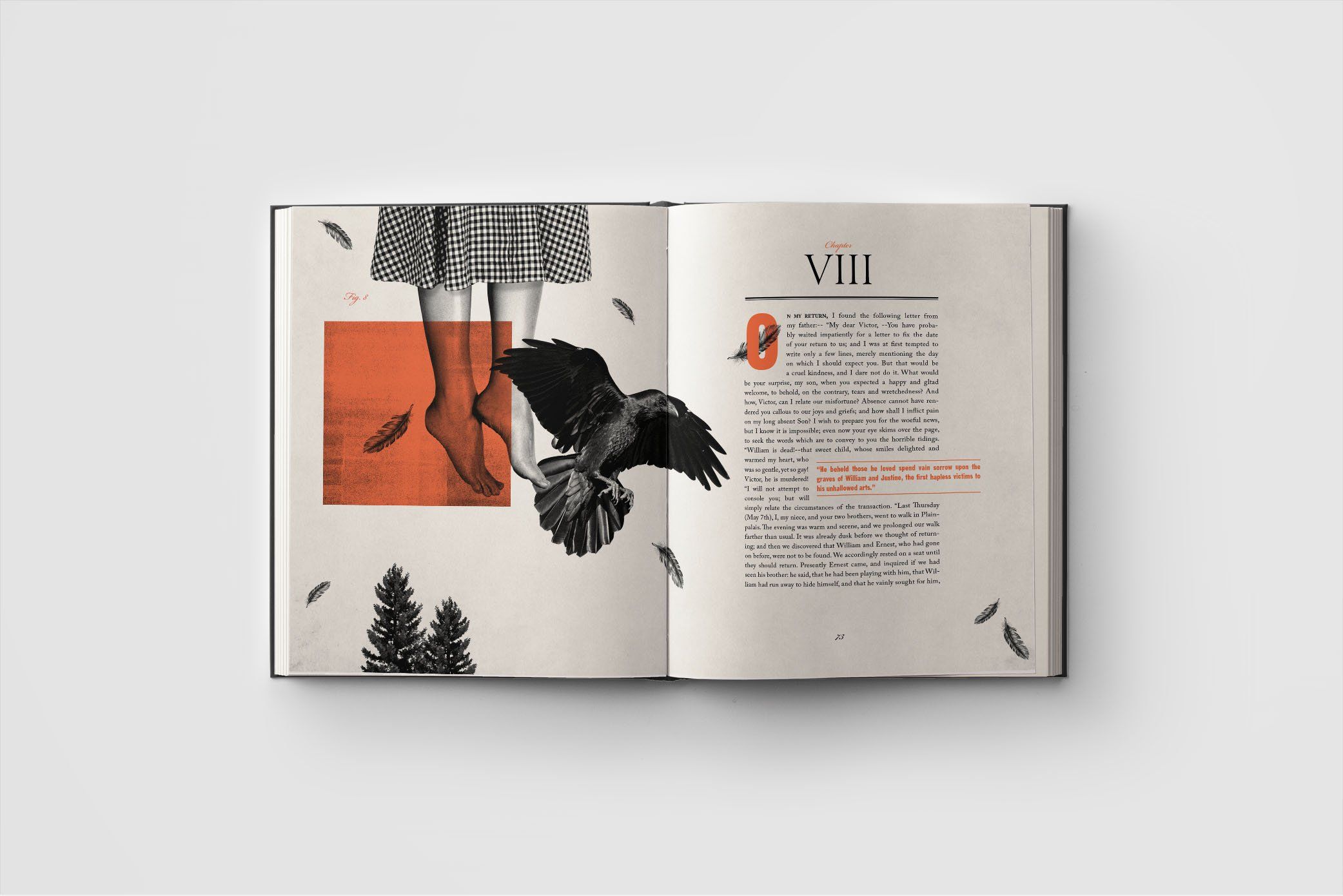
Pa wlad Yw'r Rhataf i Argraffu Llyfrau?
Gall dewis ble i argraffu llyfr fod yn benderfyniad mawr, yn enwedig i'r rhai sydd am gydbwyso cost, ansawdd a chyfleustra.
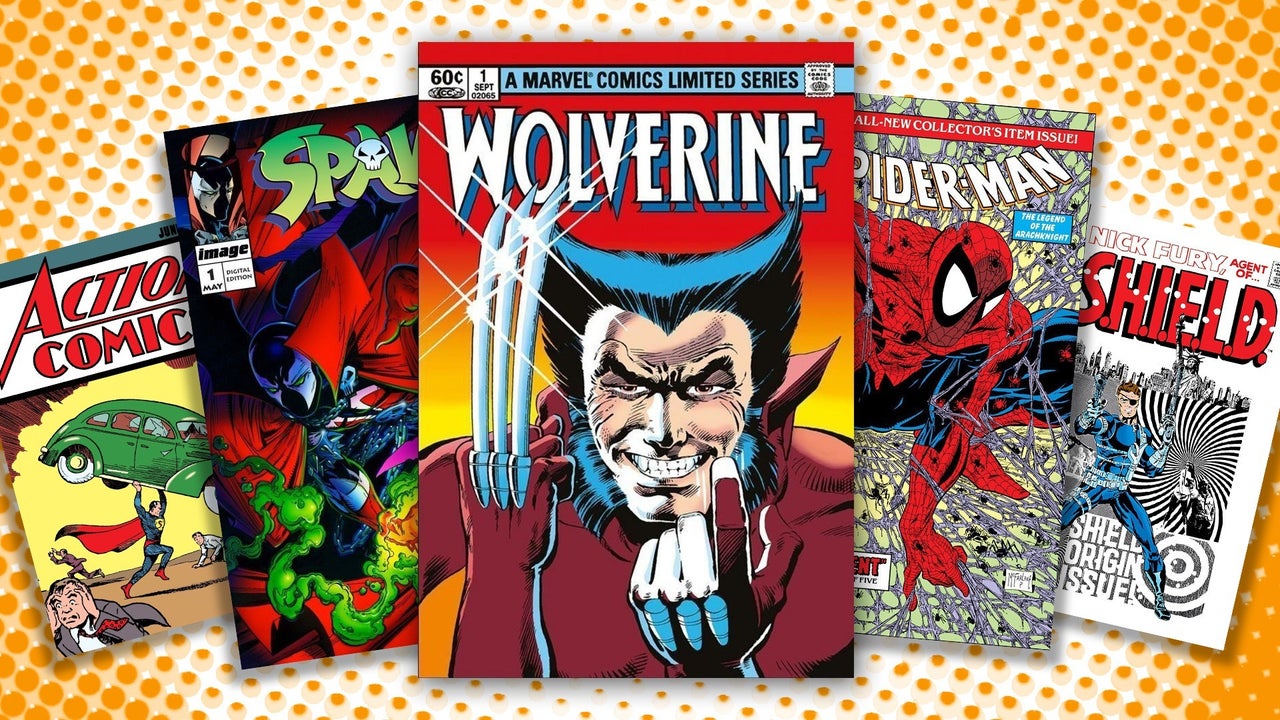
Pa Gwmni sy'n Argraffu Llyfrau Comig
Mae creu llyfr comig yn llafur cariad dwys, gydag oriau di-ri yn cael eu tywallt i ddarluniau, bwrdd stori,

